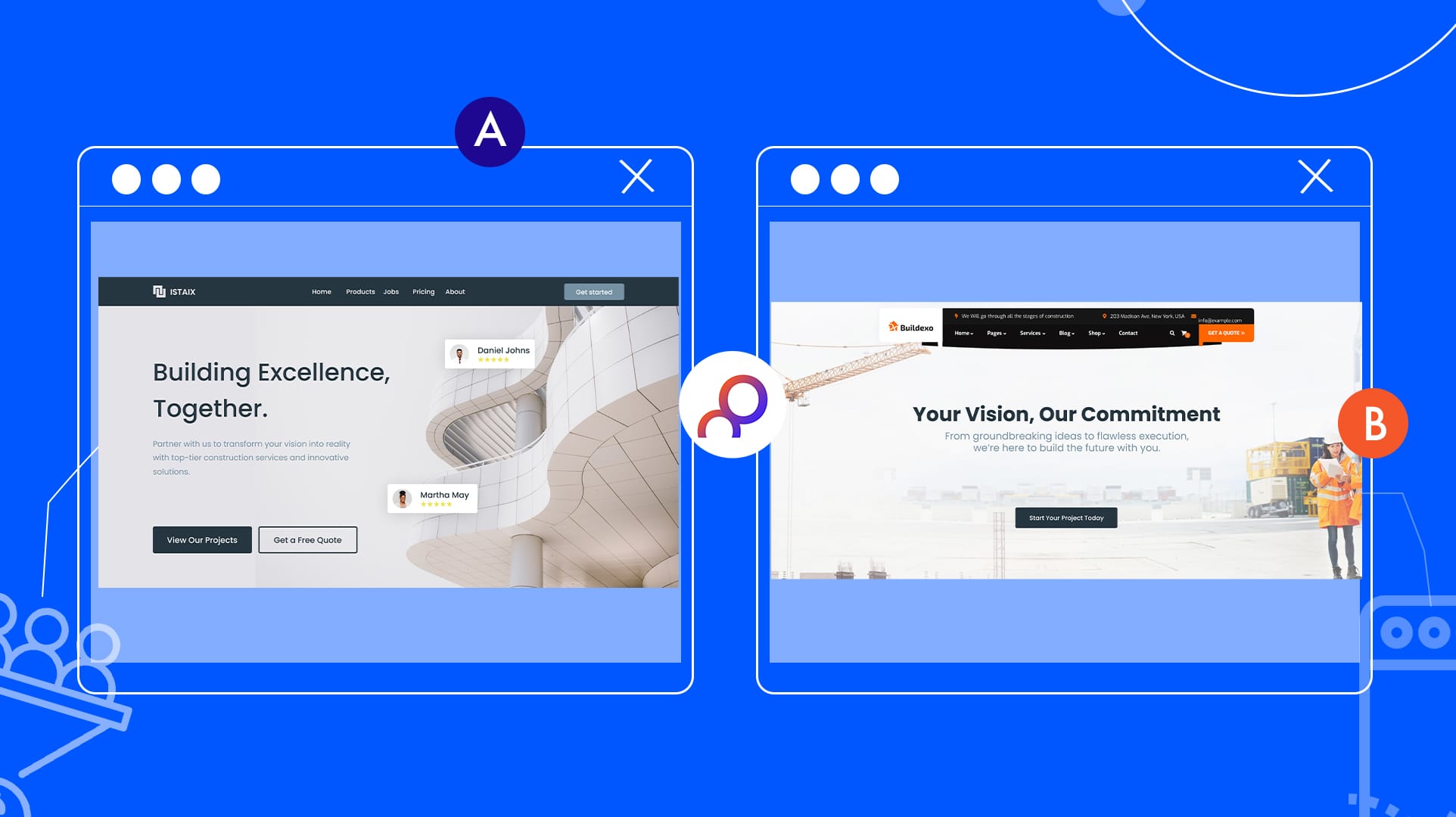User segmentation isn’t just a nice-to-have— it’s essential for today’s product managers.
By truly understanding each user group’s needs, wants, and habits, product managers gain insights that fuel smarter decisions but you need to know that when it comes to user segmentation, It’s more than grouping users by age or location;
It’s about grasping who users are and what they deeply desire. The reality? Customer preferences change constantly. In order to stay relevant, you must focus on impactful features and tailor experiences around these shifts.
This involves extensive research to uncover what users need, where they struggle, and where trends are headed.The best product managers connect the dots, finding unique ways to make their product stand out.
This takes more than just data analysis; it is empathy and intuition to understand what users want—even before they do. In this article,we would dive into the foundation of user segmentation, its types, the importance to product managers and how you can segment your users
The foundation of user rate segmentation and its types
Segmentation digs into what drives users—from lifestyles and values to buying habits and quirks.
Forget just age and location—today’s user segmentation is about tapping into the “why” behind the “who.”
It is the division of users into segments dividing users into distinct groups based on shared characteristics (demographics, behaviors, etc.)
Here are the 5 types of user segmentation;
Demographic segmentation
This type of segmentation divides a market based on population statistics like age, gender, income, education, occupation, family size, etc. This segmentation helps tailor products and marketing messages to specific age groups or income levels
Demographic segmentation allows you personalize your messaging as you can break down your large audience into unique segments for precise targeting
Another benefit of demographic segmentation is that your advertising and marketing campaigns are more targeted yielding effective results
For example: Youth brands go for the younger crowd; high-end products zero in on those who can splurge.
Behavioral segmentation
Behavioral segmentation focuses on customer behaviors, such as purchasing habits, product usage, brand loyalty, or user engagement. Having a firm grasp on your behavioral segmentation allows you to send the right message to the right person at the right time
It looks at user habits and answers the question—who buys often? “Who peeks but doesn’t purchase?”Behavioral segmentation can spot loyal customers or frequent buyers based on repeat purchase
For e-commerce businesses, behavioral segmentation has been proven to be an effective strategy towards targeting customers
An example is by rewarding frequent buyers, and hooking loyalists with exclusive perks.
Psychographic segmentation
This focuses on user attitudes, beliefs, and lifestyle—the inner motivations.
Businesses can better understand their target consumers by using psychographic segmentation, which makes it an excellent tool for deciding branding and marketing strategy
It’s important to explain not only what a product does but also how it fits into a customer’s life, fulfills their specific needs, and overcomes their unique obstacles.
Psychographic segmentation allows brands to appeal to customers’ deeper motivations.
Keep in mind that goods and services are made for consumers.
Businesses can create better products and marketing campaigns based on what motivates customers to make purchases by understanding their expectations and motivations.
To assist you design more focused ads, you can use psychographic segmentation to group your clients according to any of the aforementioned factors.
For instance, a brand promoting eco-friendly products might target customers who value sustainability and environmental responsibility
Geographic segmentation
Geographic segmentation is done by dividing a market based on location factors such as country, state, city, climate, or urban versus rural areas.
This segment focuses on where users live—city vs. rural, hot vs. cold climates.
This is particularly useful for businesses that have location-specific services, such as a food delivery company that needs to understand the areas where demand is highest.
Businesses can readily have a greater grasp of the local cultural distinctions and nuances of various locations by segmenting their consumer base geographically.
Marketers use regional segmentation to target particular outcomes with their pricing, products, and messaging.
It guarantees that companies establish a personal connection with their clients, increasing revenue and brand loyalty.
Firmographic segmentation
The touchpoint here is to focus on demographics, but in terms of businesses—industry, company size, revenue.
It includes factors like industry, company size, revenue, location, and number of employees.
Firmographic segmentation is a popular marketing segmentation technique since consumers are becoming more astute while simultaneously seeking unique customer experiences.
It assists in guiding clients through the sales funnel by establishing rapport, gaining a thorough psychological grasp of their requirements and desires, and then advancing them to the following phase.
For B2B companies, firmographic segmentation helps tailor offerings to the needs of specific business types. For example, a software company might offer different packages for small businesses compared to large enterprises
The importance of user segmentation to product managers
1. Sharper customer insights
It helps you know what drives each segment so you’re creating with precision.
Here patterns emerge. You see not just who your users are but what makes them tick—essential for decisions that hit home.It helps product managers gain a deeper understanding of customer needs, preferences, and behaviors.
By grouping users into specific segments, product managers can identify trends and patterns within each group, leading to a clearer view of what different types of customers want and expect.
This insight is essential for making data-driven decisions that align with customer expectations.
2. Laser-focused product development
The fact remains that Segmentation lets you build for real needs, not guesses. With a segmented approach, you can design features that are a perfect fit—like pro analytics for business users and simple dashboards for casual ones.
With a segmented approach, you can focus on developing features that solve specific problems for targeted user groups, which can improve usability and relevance.
For instance, a productivity app might add advanced analytics tools for business users while keeping the interface simpler for casual users.
Why? Because initially user segmentation can be mostly persona driven, in terms of demographic, psychographic or geographic but as the product mature, it becomes increasingly important to put data and user needs in place
3. Spot-on marketing
One fun fact about the field of product management is ;Targeted segments = targeted messages. User segmentation enables more targeted and effective marketing strategies.
With these insights, you are not throwing darts of your strategy all around, you have a strategic, streamlined focus with your marketing strategy. Product managers can align with marketing teams to ensure that messaging and promotions speak directly to each segment.
For example, early adopters of your product or feature launch might appreciate communications about new features, while budget-conscious users may respond better to discount promotions.
One is good for the goose, but doesn’t mean it’s best for the gander
4. Loyalty that lasts
What is the role of user segmentation in building loyal customers? The answer is simple. Users feel seen and understood and have no choice but to stick around.
By understanding and addressing the unique needs of different user segments, product managers can foster higher satisfaction and loyalty. When customers feel that a product truly meets their specific needs, they are more likely to continue using it and recommend it to others.
Personalized experiences based on segmentation also lead to more positive customer relationships, contributing to long-term loyalty and reducing churn.
In practical terms, how do you segment your users?
The truth is there are so many tips or “expert suggestions” on what is needed to create a convincing segmentation strategy as a product manager from, defining your goals to gathering customer data etc, but we summed it up into three key points;
- Build accurate user segments
- Analyze data for these segments
- Define user segments
1. Build accurate user segments
First, capture a 360° view of your users with a powerful data mix: demographics (age, location, income), behaviors (usage patterns, purchase history, engagement), and direct feedback (surveys, reviews).
Why go to this effort? Because combining quantitative and qualitative data gives you both the hard facts and the story behind them.With this insight, you’ll build sharp, accurate user segments aligned with your market and product goals.
Want a shortcut? Tools like Growie can streamline behavioral tracking, monitoring every click, scroll, and second spent on your site. Choose a segmentation strategy that aligns with your goals and answers your key questions about users.
Blend numbers with real insights for a full view of their behavior. And remember—use secure methods and follow privacy regulations to keep your data practices trustworthy.
2. Analyzing data for patterns
Go beyond basic clustering by creating behavioral cohorts, which track users over time based on actions or triggers, such as those who make a first purchase or complete onboarding.
Once data is collected, run analyses regularly to catch shifts in behavior patterns over time. Spotting emerging trends (e.g., increased use of certain features or changes in purchase habits) allows for proactive strategy adjustments to meet evolving user needs.
This helps to reveal natural groupings within the data. Consider using data visualization tools to help spot trends and clusters, making it easier to draw insights.
Also, validate the identified patterns by comparing them with real user interactions or through qualitative insights.
3. Defining user segments
After identifying common traits, define clear, distinct user segments based on characteristics that align with your product’s objectives. Each segment should represent a unique subset of users with specific needs, challenges, or goals.
When defining segments, ensure they are actionable, meaning they can inform real decisions and strategies.
For example, segmenting based on engagement level (such as “highly engaged,” “moderately engaged,” and “low engagement”) could help prioritize feature updates or tailored retention efforts.
At the end, User Segmentation is the secret to product growth
User segmentation isn’t just a tool—it’s the backbone of breakthrough product success. To keep up in today’s fast-moving market, you must go beyond surface-level insights. Knowing your audience inside and out—their unique needs, preferences, and quirks—isn’t a luxury; it’s the game-changer.
Segmentation empowers you to make bold, laser-focused decisions, supercharge customer satisfaction, and crush the competition. Don’t just build products—create experiences that resonate, engage, and win hearts. Embrace user segmentation now, because your product’s future depends on it!




